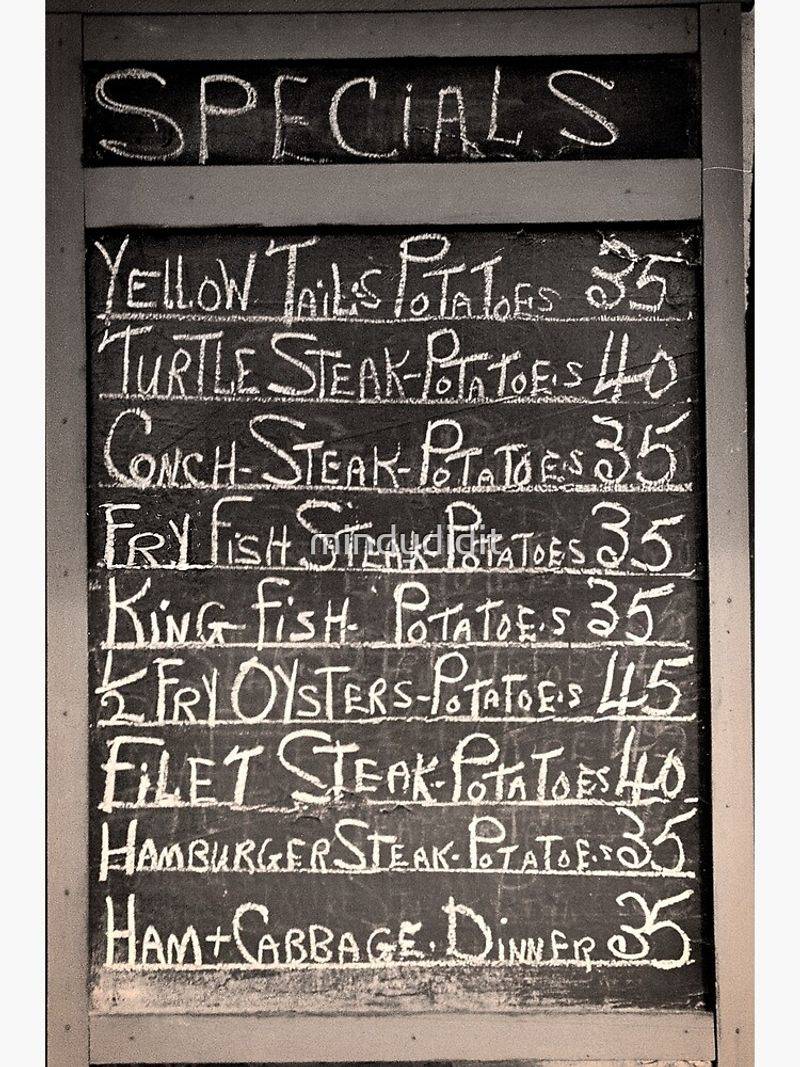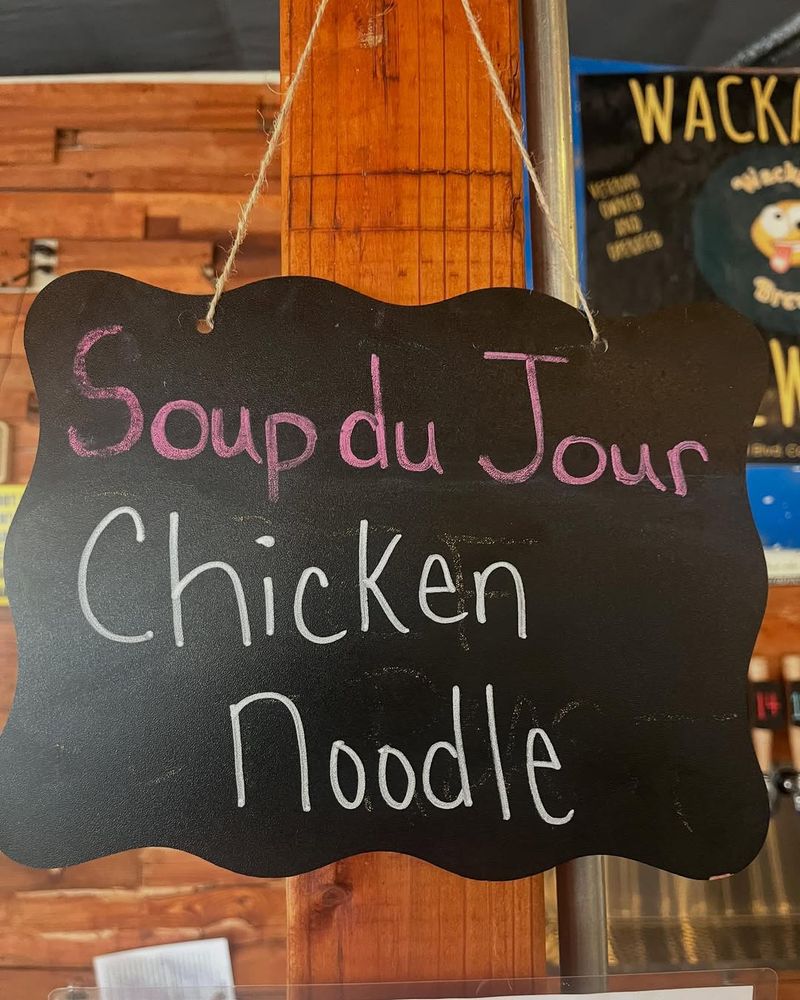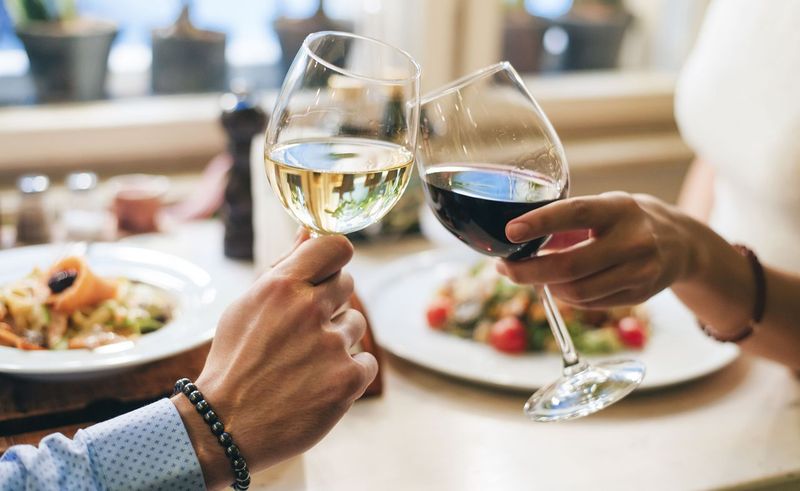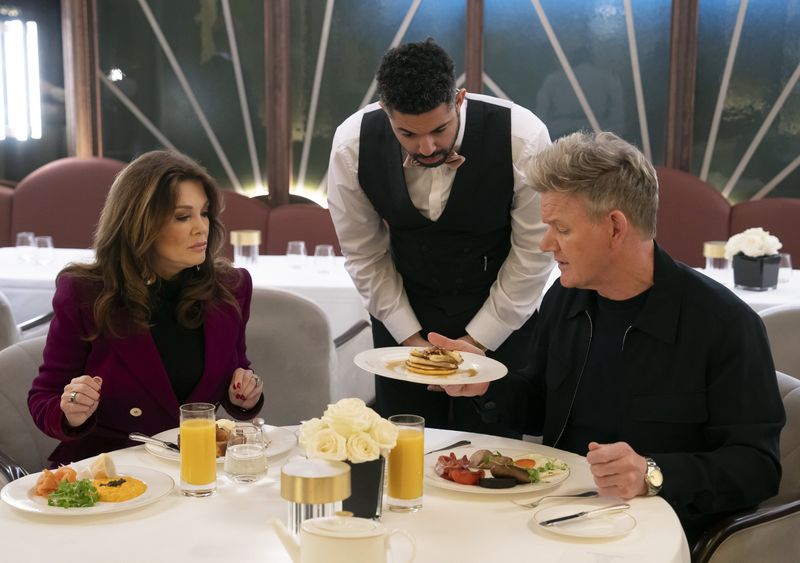Gordon Ramsay doesn’t just know how to cook—he knows exactly where to eat and, more importantly, where not to. With decades of experience running Michelin-starred restaurants and critiquing dining establishments across the globe, Ramsay has developed an expert-level instinct for spotting red flags before even placing an order. From oversized specials lists to flashy menu claims and under-the-radar wine tips, he’s seen every trick in the book. His insights go beyond the kitchen and into the psychology of a well-run restaurant. If you want to avoid disappointing meals, awkward vibes, or overpriced regrets, here’s exactly how Gordon Ramsay dines smart and always walks away well fed.
1. Too Many “Specials”

When a restaurant’s “specials” list is too long, that’s a clear red flag according to Gordon Ramsay. In a Daily Mail interview, he emphasized, “Specials are there to disappear throughout the evening. When they list 10 specials, that’s not special.”
Specials are meant to spotlight limited, thoughtfully crafted dishes that highlight seasonal or locally sourced ingredients—not serve as a dumping ground for aging inventory or surplus stock. A well-executed special should feel exclusive and sell out by the end of the night. So if you’re handed an entire page of “daily” offerings, the kitchen may be trying to disguise disorganization or older ingredients. In that case, stick to the trusted regular menu for better results.
2. Skip the “Soup Du Month”

While soup of the day may sound like a cozy and reliable choice, Gordon Ramsay warns it could be anything but fresh. “Ask what yesterday’s soup du jour was before today’s special. It may be the case that it’s the soup du month,” he said in an interview with Town & Country. That cheeky remark highlights a serious concern—some kitchens stretch one pot of soup over several days, reheating and renaming it to pass it off as new. If your server seems unsure about the ingredients or preparation time, that’s a red flag. High-quality restaurants take pride in preparing soup daily. If freshness is questionable, opt for something made to order instead.
3. Beware of Overhyped Claims

You might think words like “famous,” “world’s best,” or “most loved” on a menu are a sign of something special—but Gordon Ramsay strongly disagrees. In a Daily Mail interview, he sarcastically questioned, “Who said that? Who named that?” His point is simple: if there’s no legitimate award, critic, or organization backing the claim, it’s likely just marketing fluff. Restaurants that overhype their dishes without evidence may be covering up bland or uninspired food. Instead, look for menus with thoughtful descriptions and straightforward presentations. Real quality speaks for itself. A truly great dish doesn’t need a flashy label to make a lasting impression—it earns it with flavor and execution.
4. Ask Your Server for Insight

If you’re unsure what to order, Gordon Ramsay says one of your best resources is standing right beside you—the server. In an interview with Town & Country, he explained, “Servers tend to taste most of the dishes on the menu and can give you insight into what the chef has added and what the locals have.”
Servers often know what’s freshest, what dishes are prepared with extra care, and which options are customer favorites. Don’t be shy about asking what they personally recommend or what regulars keep coming back for. Their behind-the-scenes knowledge can lead you to the most satisfying, well-prepared meal on the menu—one you might have otherwise missed.
5. Request the “Bin End List”

For wine lovers hoping to get more sip for their buck, Gordon Ramsay shares a clever insider trick: ask for the “bin end list.” This often-overlooked selection includes bottles with scratched labels, older vintages, or wines the restaurant simply wants to move. As Ramsay revealed in a Daily Mail interview, this simple request can lead to excellent wines at a significantly lower price. The wine itself is still high-quality—it’s usually just less marketable. Since many restaurants don’t advertise this list, you’ll need to ask your server or sommelier directly. With a little curiosity and confidence, you might land a hidden gem without overspending on your next night out.
6. Book for Three, Sit as Two

If you’re planning a romantic dinner, Gordon Ramsay has a clever tip that could elevate your entire experience: book a table for three, even if only two of you are dining. In a Daily Mail interview, he explained that it helps you avoid being “stuck in the corner like a doorstop.”
Two-person tables are often placed in less desirable locations—next to the kitchen, near the bathroom, or squeezed into tight spaces. Reserving for three usually means a larger, more comfortable, and better-positioned table. It’s a small adjustment that can make a big difference, ensuring your evening feels relaxed, intimate, and far more enjoyable from the very first course onward.
Leave a comment